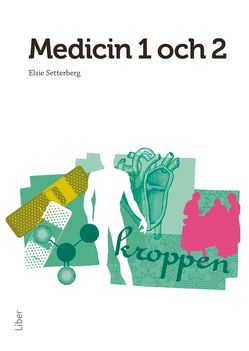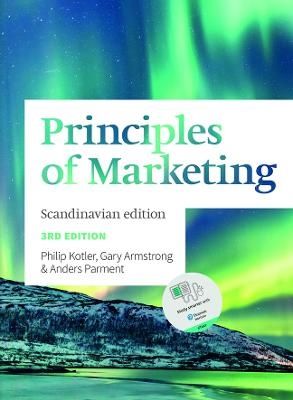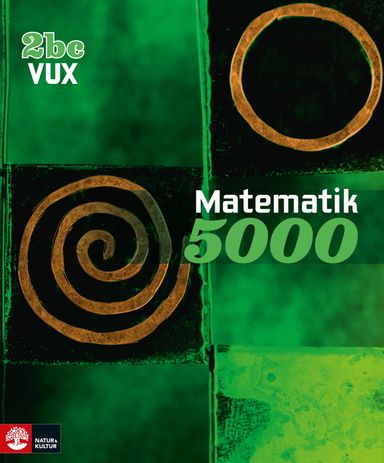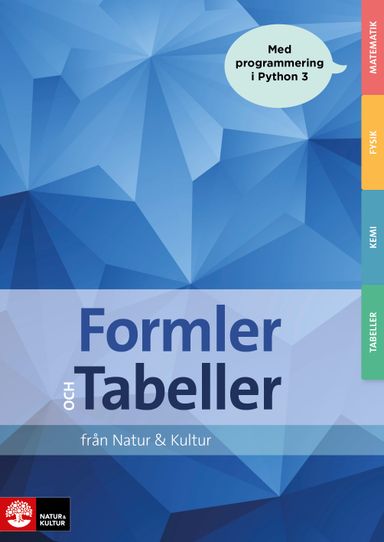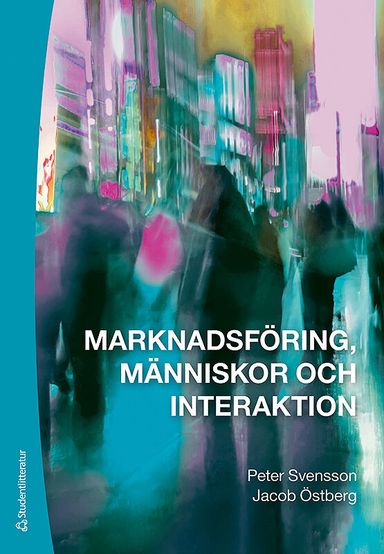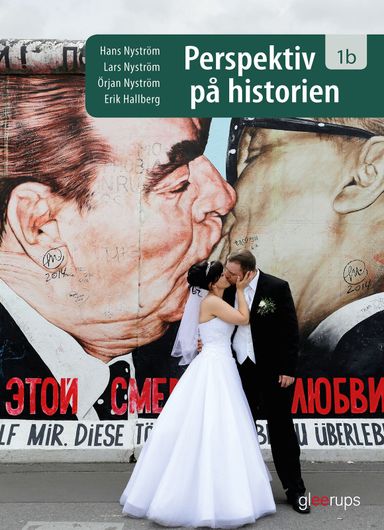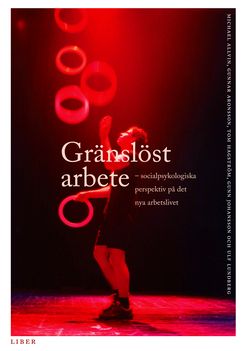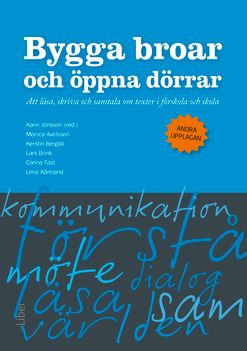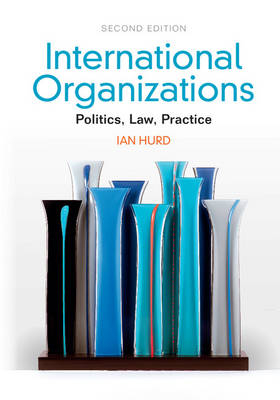

International Organizations Upplaga 2
- Upplaga: 2a upplagan
- Utgiven: 2013
- ISBN: 9781107040977
- Sidor: 306 st
- Förlag: Cambridge University Press
- Format: Inbunden
- Språk: Engelska
Om boken
This leading undergraduate textbook now covers international relations theory in more depth and includes new material on NATO and the EU, while its case studies have been updated throughout. Unlike other textbooks in the field, it takes readers behind the scenes of the world's most important international organizations (IOs), inviting them to ask: What are the legal obligations that give IOs international power? How do IOs ensure compliance from their members? And how do they enforce their rules? International Organizations explores these questions through in-depth, chapter-length case studies of the world's key international organizations, allowing students to connect essential IO theory with the law, practice and philosophy of the leading IOs, including the World Trade Organization, the International Monetary Fund and the European Union. Concise and engagingly written and with end-of-chapter questions, legal appendices and suggestions for further reading, this is core reading for any course on international institutions.
Åtkomstkoder och digitalt tilläggsmaterial garanteras inte med begagnade böcker
Mer om International Organizations (2013)
I november 2013 släpptes boken International Organizations skriven av Ian Hurd. Det är den 2a upplagan av kursboken. Den är skriven på engelska och består av 306 sidor. Förlaget bakom boken är Cambridge University Press.
Köp boken International Organizations på Studentapan och spara pengar.
Referera till International Organizations (Upplaga 2)
Harvard
Hurd, I. (2013). International Organizations. 2:a uppl. Cambridge University Press.
Oxford
Hurd, Ian, International Organizations, 2 uppl. (Cambridge University Press, 2013).
APA
Hurd, I. (2013). International Organizations (2:a uppl.). Cambridge University Press.
Vancouver
Hurd I. International Organizations. 2:a uppl. Cambridge University Press; 2013.






